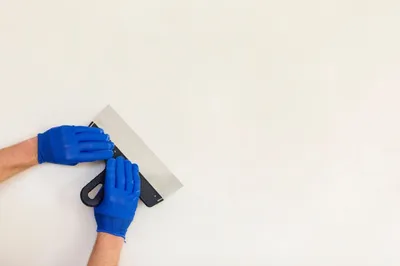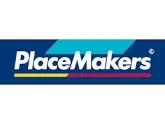Let talk follow your way!
Best price High quality Quick & efficient
Let talk follow your way!
Best price High quality Quick & efficient
GIB ® stopping is a crucial step for Auckland new build and renovation projects. This stage in the process ensures your fixed GIB ® ️ boards are properly stopped for a smooth, seamless appearance and surface, preparing them to be enjoyed as-is or to be painted or wallpapered.
GIB ® ️ stopping occurs just after GIB ® ️ fixing, which is when the GIB ® ️ boards are installed onto walls or ceilings. During stopping, a joint compound is applied to the board to cover up gaps, screw holes and joints to blend everything together and create a continuous surface. After the joint compound dries, it’s sanded down to remove bumps or imperfections. This process may be repeated until the desired smoothness and evenness are achieved.
GIB ® ️ stopping differs from plastering work in that while plasterers typically apply a full layer of plaster over a surface, stoppers focus on the gaps, holes and joints because the plasterboard is already fixed in place. While GIB ® ️ stopping is a popular choice for Auckland new builds and renovations, it’s also used to fix minor imperfections in walls, like screw holes or scratches.
GIB®️ stopping requires a good level of precision and attention to detail. The stopper must use the right kind of compound and the right tools to avoid weighing down or damaging the walls, and they have to do everything in the right order. It’s best to hire professionals for your project if you want to avoid mistakes and if you don’t have the proper experience or tools for the job. Professionals can save time and avoid expensive mistakes.
The length of the job will depend on the size of the project, as in how many walls and surfaces need to be stopped, and the drying time in between each joint compound layer. After the compound dries, it needs to be sanded as needed, and additional steps (like priming) may also be required.
How do you ensure your GIB®️ stopping stage goes well?
Hiring The Right Professionals. It’s wise to know when you can handle a job yourself and when you should call in trained professionals. GIB ® ️ stopping may be a straightforward process, but it requires diligence and a steady hand, and one mistake can drag out your project and up your budget.
Instead of taking up more time, effort and money than you need to, entrust the work to professionals.
Avoiding Common Mistakes. Trained experts are aware of common stopping mistakes; they understand what can go wrong and avoid those errors. These are a few common DIY mistakes that your professionals will avoid:
Understanding What You Can Do Next. While many people prefer to leave their walls as-is after Auckland GIB ® ️ stopping experts finishing them, you can also change the appearance of your finished walls with paint or wallpaper.
However, it’s essential that you know what you can and can’t do with your fixed and stopped plasterboard walls and ceilings, and what you should do before you move on. You shouldn’t paint directly over stopped GIB ® ️ plasterboards. Instead, the GIB®️ boards should be sealed with a primer so that the paint adheres well to the surface.
GIB®️ stopping is a straightforward yet meticulous process, and we at Pro Fixing have the tools, training and discipline needed to ensure your walls and ceilings are nice and smooth.
Along with GIB®️ stopping, we also handle GIB®️ fixing, painting, plastering, tiling and more. Interested? Call us on 0800246789 or send us a message through our site, and we’ll be happy to discuss your project with you.
Avoid mistakes and save time, trust Pro Fixing.











